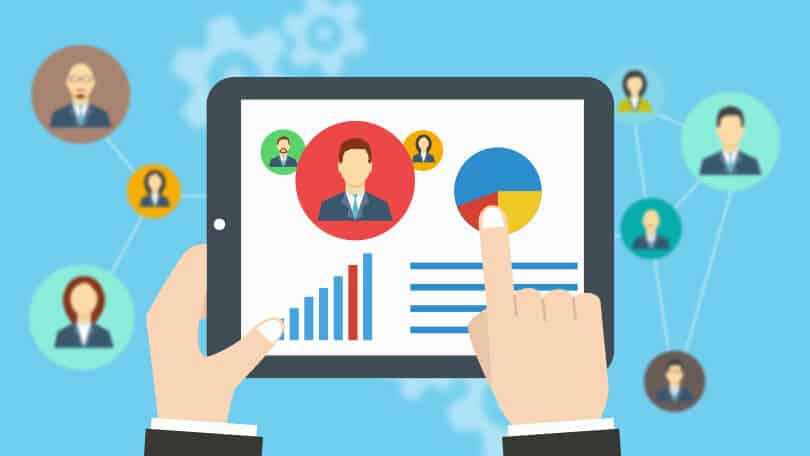In the realm of human resources management, the effective implementation of HR systems is paramount for organizational success. These systems serve as the backbone of HR operations, facilitating the management of personnel, processes, and policies. In this comprehensive guide, we delve into the intricacies of the 3 HR systems that are indispensable for modern businesses.
1. Human Resource Information System (HRIS)
At the forefront of HR technology, the Human Resource Information System (HRIS) revolutionizes the way organizations manage their workforce data. This robust system integrates various HR functions, including payroll, employee information, benefits administration, and performance management, into a centralized platform. By automating routine tasks and streamlining data management, HRIS empowers HR professionals to make informed decisions swiftly.
Key features of HRIS include:
- Employee Self-Service Portals: Empowering employees to manage their personal information, view pay stubs, and request time off.
- Analytics and Reporting Tools: Providing insights into workforce trends, performance metrics, and compliance requirements.
- Integration Capabilities: Seamlessly connecting with other business systems such as ERP and CRM for enhanced efficiency.
2. Applicant Tracking System (ATS)
In today’s competitive job market, attracting and retaining top talent is a priority for organizations across industries. Enter the Applicant Tracking System (ATS), a specialized HR solution designed to streamline the recruitment process from job posting to candidate onboarding. ATS software automates the tedious tasks associated with hiring, allowing HR teams to focus on engaging with candidates and making strategic hiring decisions.
Key features of ATS include:
- Job Posting and Candidate Sourcing: Broadcasting job openings across multiple channels and sourcing candidates from various talent pools.
- Resume Screening and Applicant Ranking: Leveraging AI algorithms to screen resumes, identify top candidates, and rank applicants based on predefined criteria.
- Collaborative Hiring Tools: Facilitating communication and feedback among hiring managers, interviewers, and HR stakeholders.
3. Performance Management System (PMS)
Effective performance management is crucial for driving employee engagement, productivity, and organizational growth. The Performance Management System (PMS) provides a structured framework for setting goals, evaluating performance, and fostering continuous development. By aligning individual objectives with organizational goals, PMS helps create a culture of accountability and excellence.
Key components of PMS include:
- Goal Setting and Alignment: Establishing SMART (Specific, Measurable, Achievable, Relevant, Time-bound) goals that align with the organization’s strategic priorities.
- Ongoing Feedback and Coaching: Facilitating regular check-ins between managers and employees to provide constructive feedback, address challenges, and support professional growth.
- Performance Reviews and Development Plans: Conducting periodic evaluations to assess progress, identify areas for improvement, and outline personalized development plans.
In conclusion, the 3 HR systems—HRIS, ATS, and PMS—play a pivotal role in optimizing HR operations,
enhancing employee experiences, and driving organizational success. By leveraging these advanced technologies and best practices, businesses can cultivate a high-performance workforce and gain a competitive edge in today’s dynamic business landscape.







